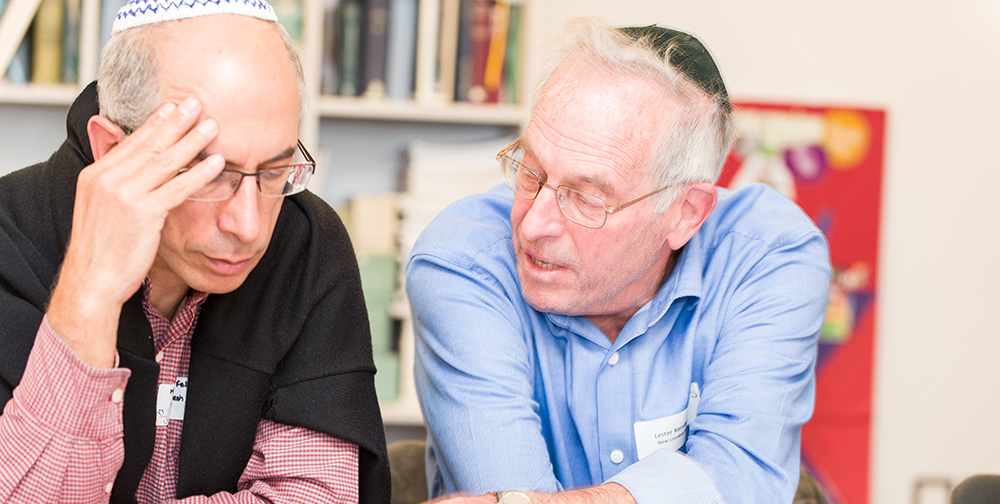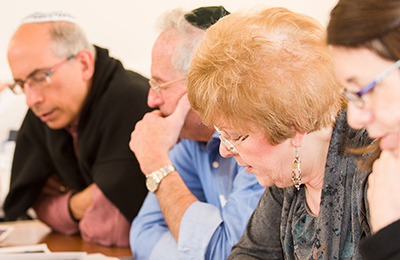Kedoshim

I’d like to invite you to consider that this week’s parashah is the most important of all of Torah. To support this, I’ll turn to a variety of sources, some ancient, some modern, some controversial.
How might we calculate the ‘centre of Torah’? The ‘chapters’ we typically use are no help as they are a Christian concept from the thirteenth century. The Jewish answer was calculated by the ancient sofrim (‘scribes’, but literally ‘counters’), who attributed the midpoint verse to Leviticus 10.16, and the midpoint letter to Leviticus 13.33.
The Biblical scholar Mary Douglas, whose training was in the oral mythology of African tribes, suggested that Leviticus is structured not as linear narrative but as a ‘ring cycle’. She began by reframing the seeming redundancy of duplicated themes in Leviticus, where consecration, blemishes, atonement, sexual laws first appear in chapters 1-18, then repeat in chapters 20-27. Douglas argued that in ‘ring cycles’, these repeated themes act as chiastic bookends to focus the listener’s attention on the central pivot-point, the keystone at the heart of the ring. For Douglas, this keystone was Leviticus 19, making Kedoshim the epicentre of ancient Israel’s moral code.
Applying this analysis of symmetry to Leviticus 19 itself, we find that the central verse is Leviticus 19:18, a three-part verse. The second, central part contains the famous commandment to ‘Love your neighbour as yourself’, making this – the ‘Golden rule’ – arguably the central tenet of Torah.
Hillel and Akiva both supported the idea that the Golden rule is the keystone of Torah. Three times in our ancient literature (Sifra, J.Talmud Nedarim, Genesis Rabbah) we find the story of Akiva arguing that ‘Love your neighbour as yourself’ is the ‘clal gadol’, or ‘great principle’, of Torah. Hillel, famously, argued something similar, when he responded to the challenge to summarise the ‘whole of Torah standing on one leg’, with the negative reformulation of the Golden rule: ‘that which is hateful to you, do not do to others’ [Talmud Shabbat 31a].
Why reformulate the Golden rule as a negative? The rabbis believed ‘love’ to be too intangible to serve as a scale with which to judge the actions of one individual to another. However, it’s easier to create consensus around what is ‘hateful’ (hateful behaviours are listed in some detail in Leviticus 19). Further, the rabbis believed self-love to be the strongest love an individual could feel (an interesting notion to us today, with narcissists in high political office, and many of the rest of us experiencing an epidemic of low self-esteem). The rabbis felt that demanding of each person to show others as much love as they showed themselves would be to set the standard impossibly high. Hillel’s ‘negative formulation’ resolves both these issues, whilst being true to Torah.
Whilst the Golden rule is at the heart of Leviticus 19, and Kedoshim is arguably the heart of all Torah, it is worth pausing on the words that follow the Golden Rule, the final two words of Leviticus 19:18, ‘Ani Adonai’. These words punctuate the parashah, and with each occurrence they cause the reader to return to the beginning of the Parashah ‘You shall be holy, for I the Lord (‘Ani Adonai’) your God am holy’. It’s true that the Golden Rule here in Kedoshim provides us with an excellent guide to ethical interpersonal encounters. But it’s more than that. It’s also a guide to holiness. Key to understanding this whole parashah is the realisation that God gives us a signal clue. For each of us, our holiness, and our proximity to God, is derived from loving encounters with other people.
Michael Mocatta is a member of New North London Synagogue




